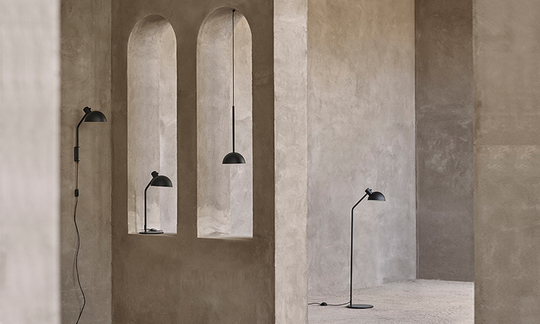Mads Odgård has designed a series of lamps that spread a feeling of safety through their simple shapes.
The new MO Series is Carl Hansen & Son’s first collaboration with Danish designer Mads Odgård. The series is based on simple shapes that symbolize light’s comforting effect on people. In their own discreet way, the lamps complement Carl Hansen & Son’s furniture collection and retell the story of Danish design.
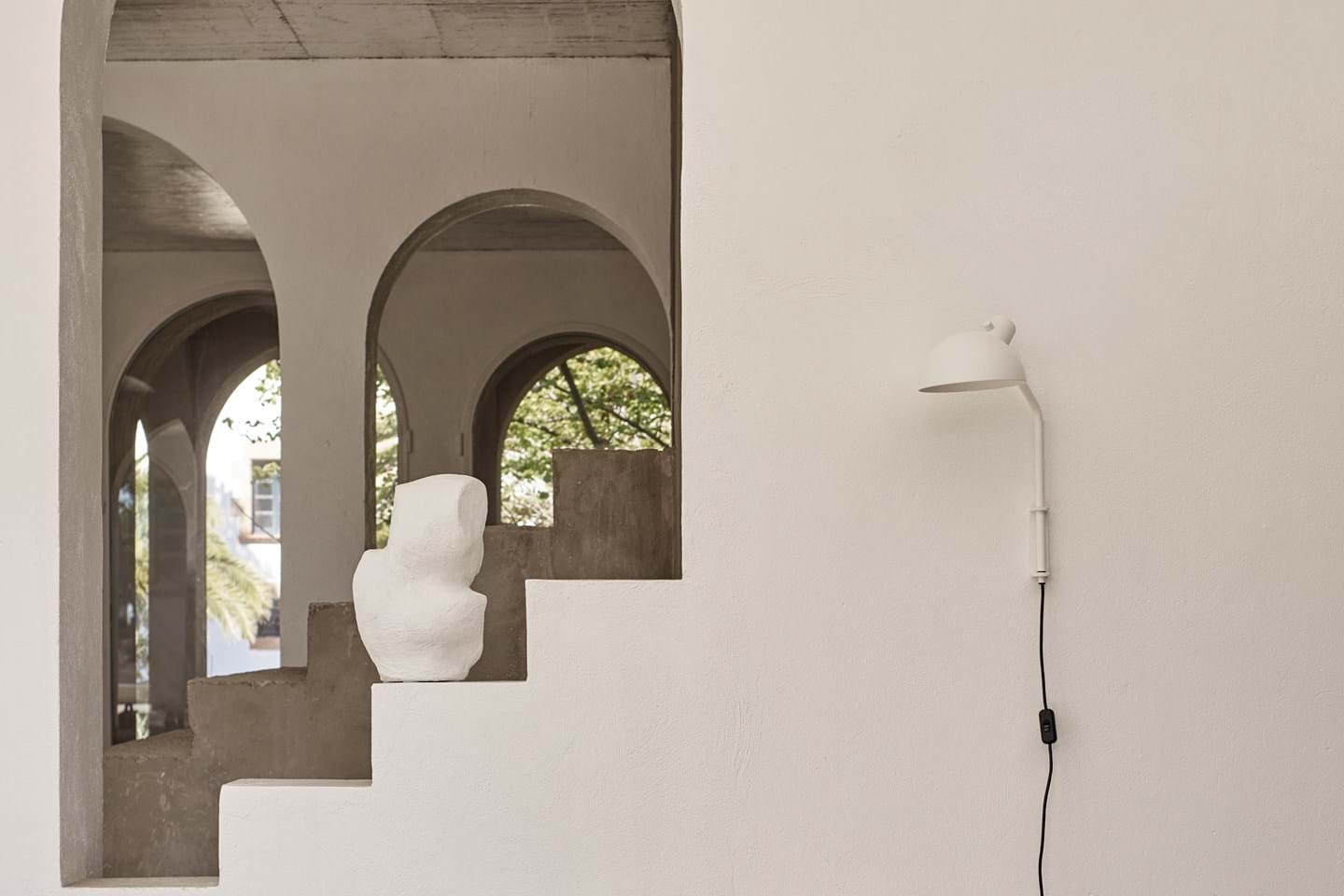
How can I create the simplest design? Mads Odgård asks himself this question every time he sits down to design a new product, as he wants to avoid any unnecessary details. That is why he opted for the simplest possible design for the MO Series lamp collection for Carl Hansen & Son.
Mads Odgård based the shapes of the lamps on a research project in which he explores lighting technology in collaboration with Aalborg University and the Technical University of Denmark. Through the project he has learned that light makes people feel safe. He thus realized that he had to create a shape for the lamps that would symbolize safety, and the design process resulted in the easily recognizable and simple shapes.
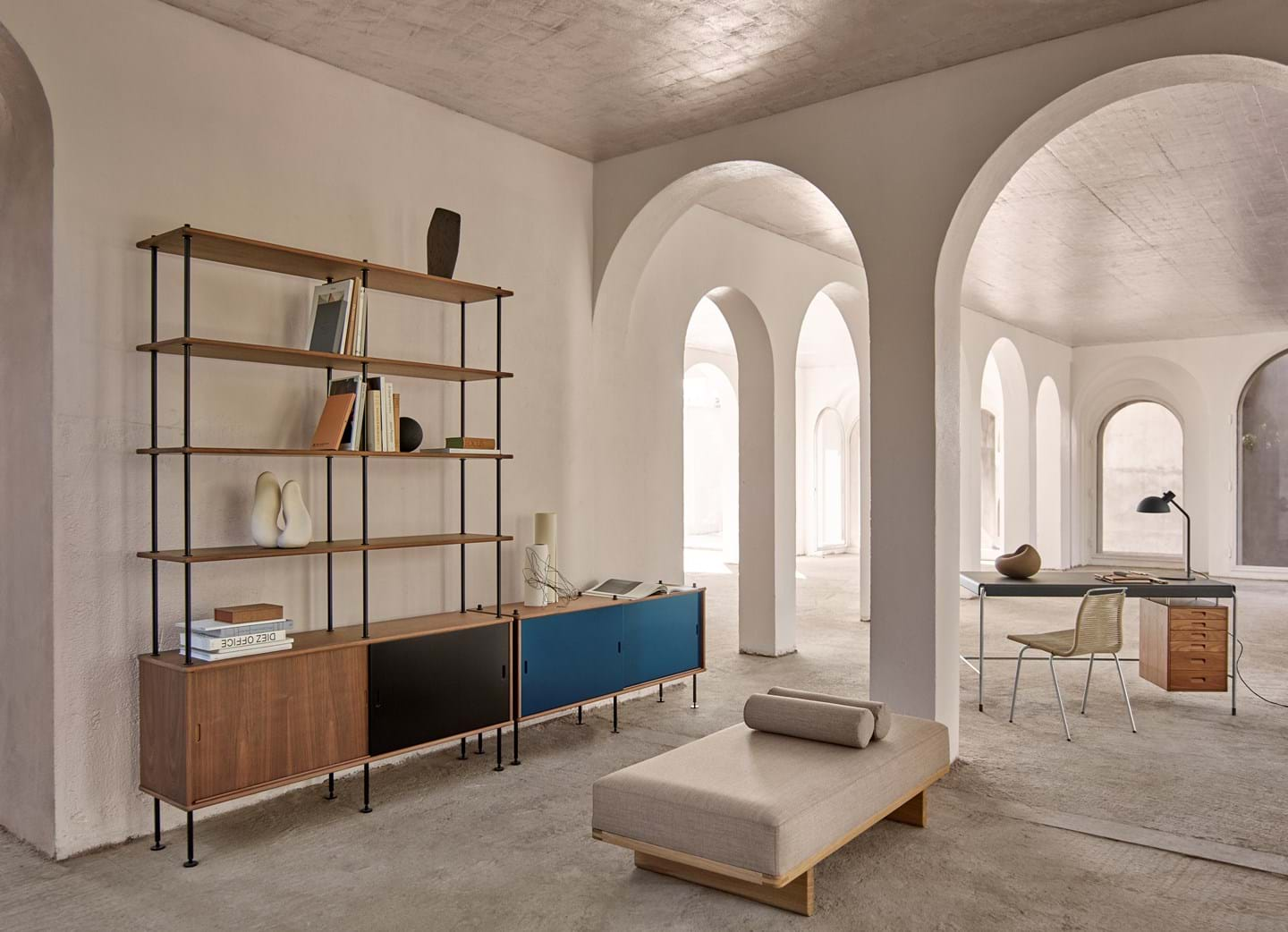
In their own discreet way, the lamps create a sense of comfort from the ceiling, floor, table, or wall when you see them out of the corner of your eye. The simple shapes allow the high quality to shine through and make the lamps complement Carl Hansen & Son’s furniture range in the most natural way.
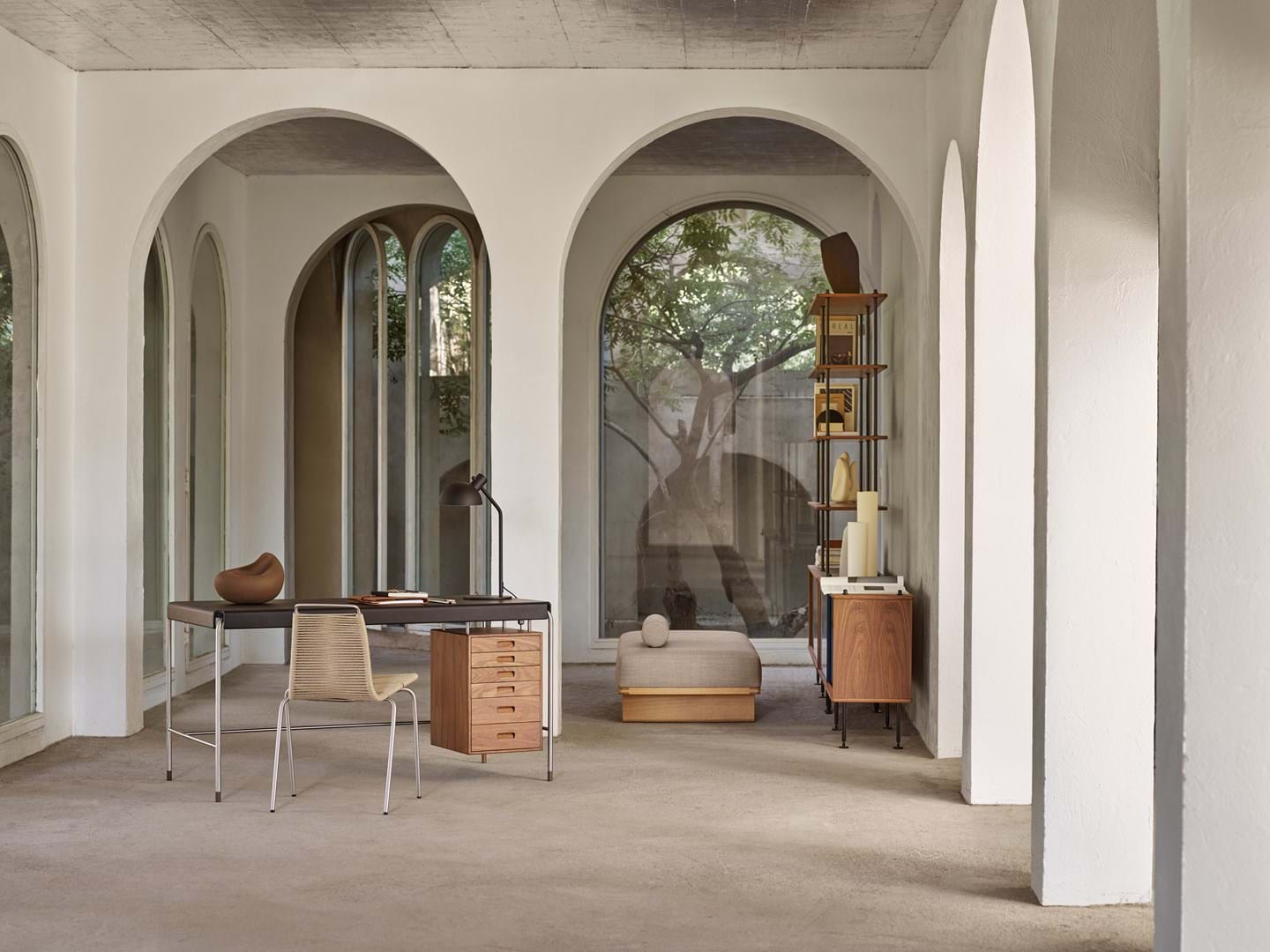
“As with our furniture pieces, these lamps go with all of our other products. Whether you choose to hang or place them next to furniture designed by Kaare Klint, Hans J. Wegner, Poul Kjærholm, or Ole Wanscher, everything will fit together neatly and discreetly,” says Knud Erik Hansen, CEO of Carl Hansen & Son.
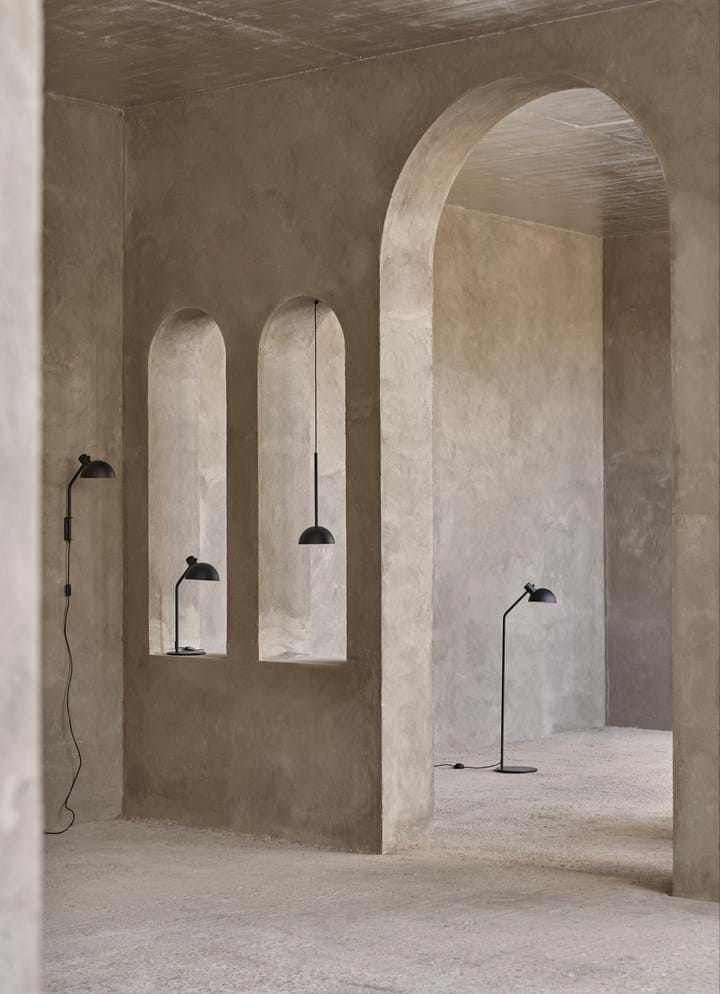
Minimalist design
Mads Odgård’s focus on simple shapes comes from his time as a student at the School of Decorative Art, which was a development of The School of Arts and Crafts, the alma mater of Hans J. Wegner, Børge Mogensen and other Danish design legends. Here, he learned to draw, measure, and – not least – remove any unnecessary details, which to this day is still one of his key design principles.”When I’ve completed a sketch, I take a good look at it and see if there’s anything I could do without,” says the designer of the design principle, which he also applied to the MO Series.
The series consists of a wall lamp, a floor lamp, a table lamp, and a pendant lamp that have a wide appeal with their minimalist style and individual lighting purposes.
The two basic shapes used by Mads Odgård in the design are the hemisphere and the cylinder. He chose the hemisphere because it represents a part of light’s logical, natural form:
“It’s essential for light to be a sphere, or part of a sphere. As the sun rises above the horizon, it starts spreading a small dome of light, which then grows into a hemisphere and later a sphere. The reason why we’re uncomfortable with fluorescent tubes is that they’re not spherical. It just doesn’t fit with our consciousness,” says Mads Odgård, referring to the knowledge he gained in the research project.
The idea behind the thin cylinder is to give the lamp both functional and visual stability and balance. In the wall, table, and floor lamp, the cylinder goes all the way through the socket to emphasize the stability of the lamps. In the pendant, the long, thin cylinder ensures that the lamp will fall back into place quickly if you accidentally push it. By having the cylinder and the hemisphere in all four lamps, Mads Odgård creates a sense of calm through repetition. This means that the four lamps can all be part of the same environment, and that several lamps of the same model can work together and bring harmony.
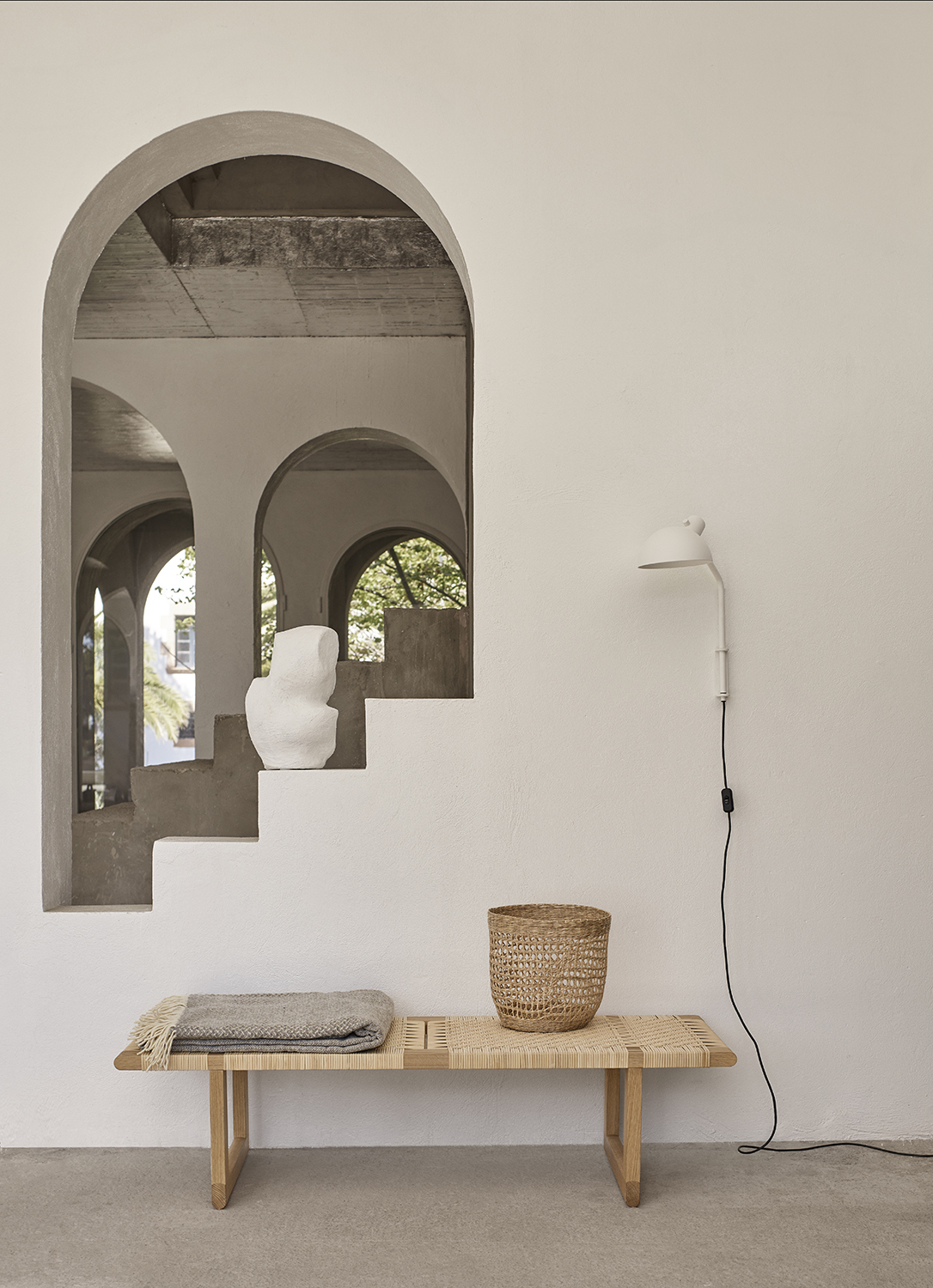
Increased focus on lighting
With the MO Series, Carl Hansen & Son extends its lamp collection to meet new and more varied needs for lighting in the home. Carl Hansen & Son presented lighting as a new product category in 2018 with the launch of the pendant lamps Confetti, Calot, and Pendant Lamp No 1, designed by Claus Bonderup and Torsten Thorup.
“Carl Hansen & Son’s ambition is to offer the very best of interior design. When you come from Denmark, where it’s dark six months a year, it’s only natural to be interested in lighting and lamps. We at Carl Hansen & Son share this interest, and we’ve therefore already brought many lamps into production,” says Knud Erik Hansen.
As a starting point, Mads Odgård wanted to develop a series where each lamp would complement Carl Hansen & Son’s furniture collection and retell the story of Danish design.
“To me, Carl Hansen & Son is synonymous with tradition. It’s very Danish. Some might think the lamp series lacks something distinctive and modern or trendy – something to make it ‘fashionable’. But none of Carl Hansen & Son’s furniture pieces are ‘fashionable’. They are simply timeless. And so is the MO Series,” says Mads Odgård. And Knud Erik Hansen agrees:
“The lamps will fit in perfectly with a contemporary style, but thanks to their timeless quality, they’ll also be modern and relevant 20, 30, and 40 years from now,” he says and continues: “That’s why the lamps fit perfectly with our other lamp series as well as with our entire furniture collection.”
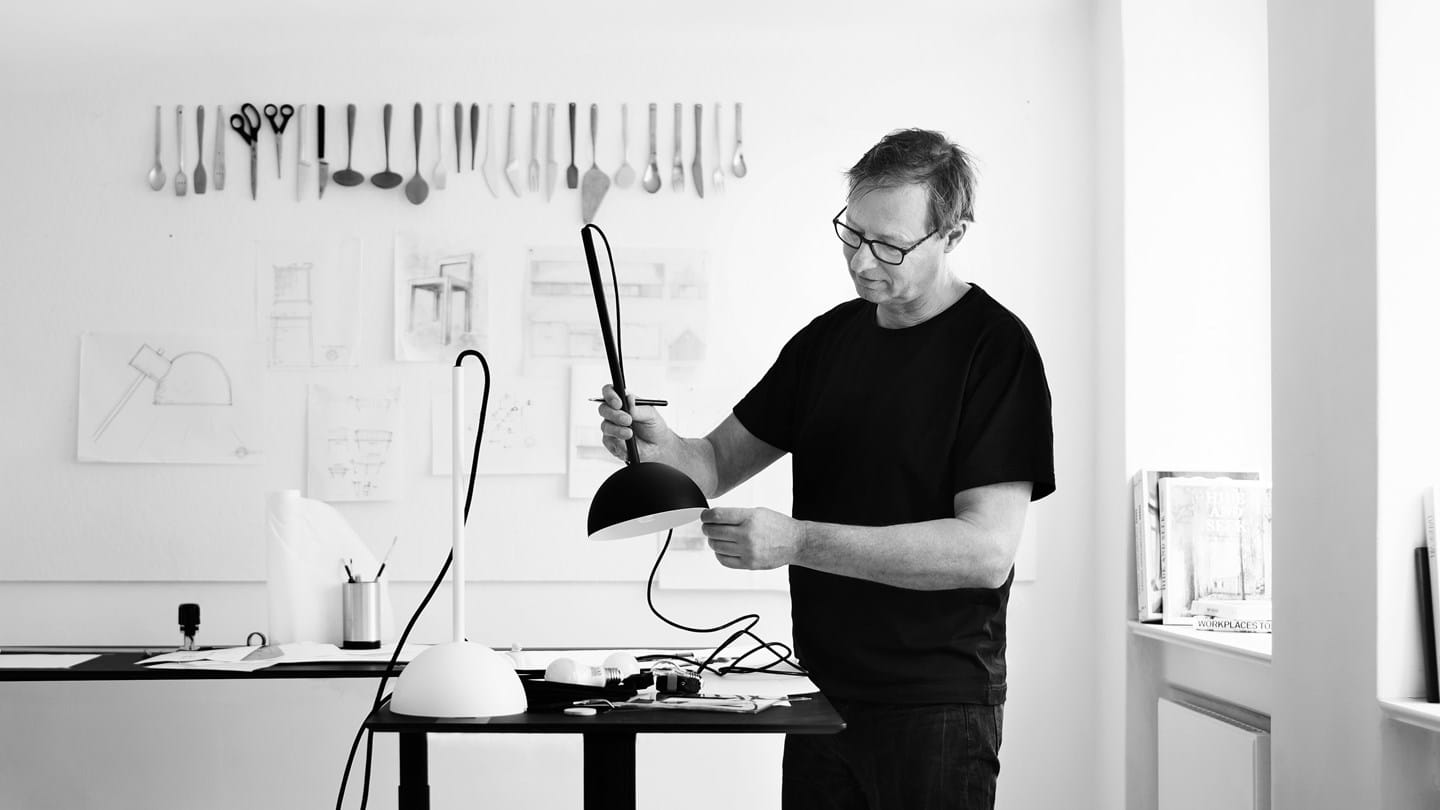
Designer Mads Odgård
Mads Odgård has always had a love for straight lines, right angles, and geometric shapes. This love shines through in his professional design work, the interior design of his own home and when landscaping his garden. If he doesn’t know where to begin when creating a new design, he simply starts by drawing a straight line. This minimalist mindset is evident in Mads Odgård’s design portfolio, which includes the lamps of the MO Series – his first collaboration with Carl Hansen & Søn.
The dream of becoming a designer has lived in Mads Odgård for as long as he can remember, so when the time came, he left his birthplace, the Danish town of Kjellerup, and moved to Copenhagen to work in the creative business. Here, he attended the School of Decorative Art, now the Royal Danish Academy of Fine Arts, Schools of Architecture, Design and Conservation. The School of Decorative Art was a development of the School of Arts and Crafts – the alma mater of Hans J. Wegner, Børge Mogensen, and several other Danish design legends. Mads Odgård saw their drawings in the cupboards in the basement or hung up on the walls with drawing pins, and he could find their prototypes in the attic. For him, there was no doubt that this was the right place to learn to measure, draw, and – not least – remove any unnecessary details.
Mads Odgård had attended two out of the three years at the Royal Danish Academy of Fine Arts School when he was offered a job as a designer and model builder at LEGO. Working with the perpendicular bricks was a perfect fit for his love of geometric shapes, logic and minimalism. He then explored car design at ArtCenter Europe in Switzerland, and in 1988 he founded his own drawing office.
To this day, Mads Odgård brings his rational, minimalist approach to his design when he creates lamps, furniture, cutlery, and other industrial design. During the design process, he always aims for efficiency in the look and the materials, as he wants to avoid any unnecessary details. His design approach has resulted in several awards, including the Red Dot Award, America’s I.D. Award, and Design Plus, Germany.

